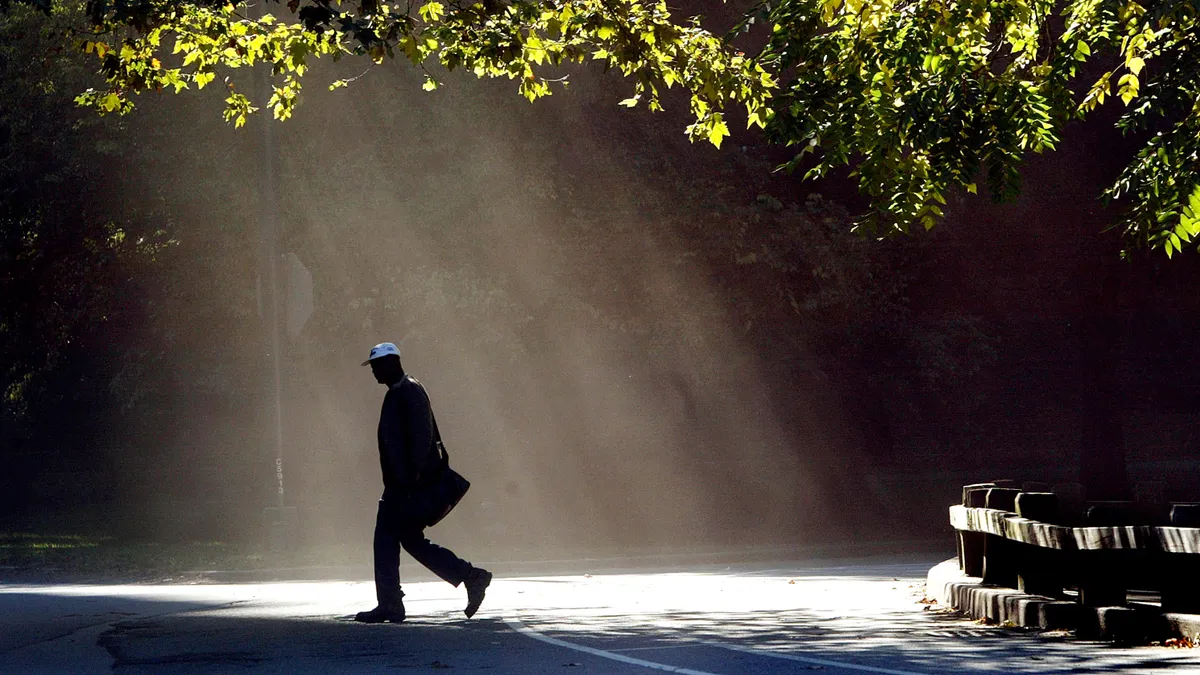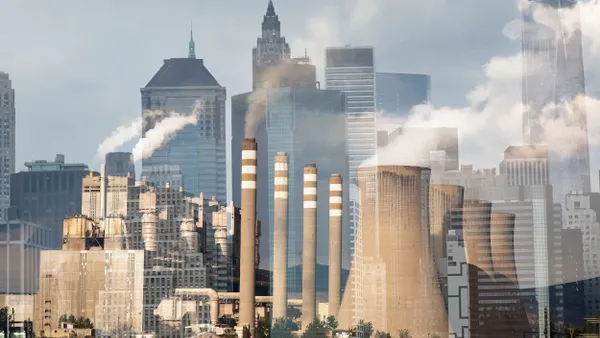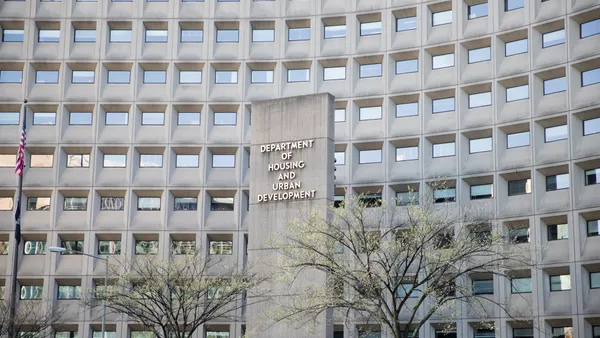Dive Brief:
- Four Illinois research institutions announced on Thursday a two-year project that will examine how drought affects urban trees in order to inform how cities nationwide can effectively respond to drier-than-normal conditions made more common in some areas by climate change.
- Drought is typically studied in an agricultural context, the researchers said. This project, on the other hand, will “provide useable information for decision makers in charge of urban tree management,” said Trent Ford, who is the state climatologist based at the University of Illinois, in a news release. Other institutions involved with the research are The Morton Arboretum, Argonne National Laboratory and the Prairie Research Institute’s Illinois State Water Survey.
- The project is funded through the National Oceanic and Atmospheric Administration’s Climate Program Office, which supports high-priority climate research regionally, nationally and internationally.
Dive Insight:
Drought is a prolonged period of dry weather that results in water shortage. Climate change is making droughts more frequent, severe and widespread, according to NASA.
It’s no secret trees need water, and drought is already complicating efforts in cities working to bolster their urban forests to protect communities against extreme heat and flooding.
“A mature oak tree can pump through 50 gallons of water a day. That is water that will not go down the sewers. If a tree experiences hard droughts or multiple droughts, this functionality could be impaired,” said M. Ross Alexander, assistant operation research analyst in Argonne National Laboratory’s Decision and Infrastructure Sciences division and scientist-at-large in the University of Chicago Consortium for Advanced Science and Engineering, in a news release.
The research team plans to create a new early-warning system for urban droughts that allows city leaders to predict which trees are most vulnerable to drought impacts, potentially based on species or patterns observed by satellites that detect “greenness” — an indicator of tree health, said Christy Rollinson, the Morton Arboretum’s forest ecologist and principal investigator on the project, in an interview.
This information can help cities with limited staff or watering trucks to prioritize which trees to focus on during a drought, Rollinson said.
Looking first at the Chicago region, the researchers will run mid- and end-of-century scenarios to understand which areas are most vulnerable to drought and recommend tree species that should be planted there, Rollinson said.
“What we don't want is everybody planting one tree that's very drought-tolerant because monolithic communities, be they people or trees, are not very resilient,” Rollinson said.
She said the research team is studying the Chicago region first “because this hasn't been done yet in a robust way. We kind of needed to start with one city that we could wrap our heads around before we started trying to go elsewhere.”
Rollinson hopes the project will help cities be more proactive in addressing climate-driven ecological stress rather than waiting until it hasn’t rained for a month to decide what to do.











